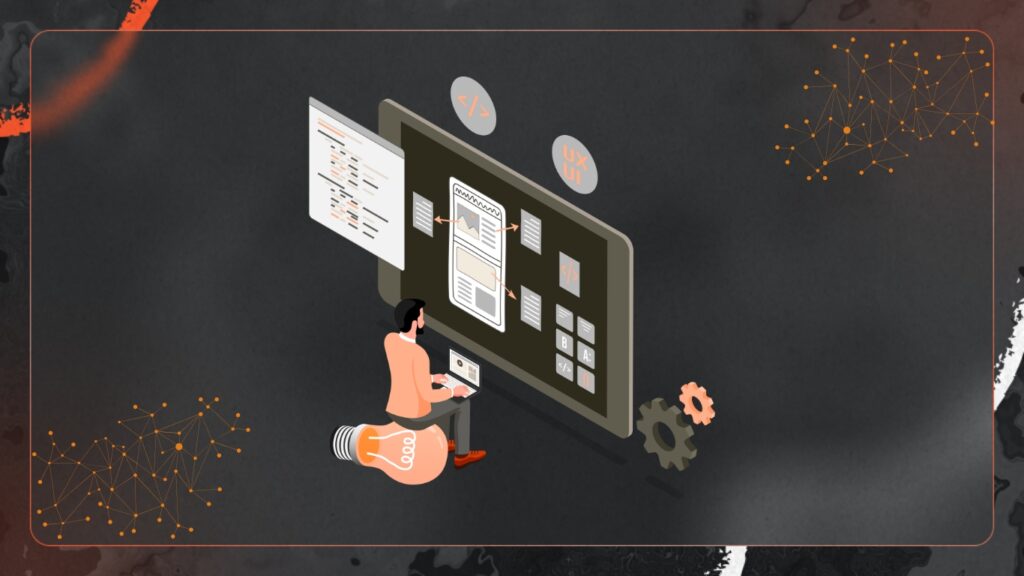
In the fast-evolving world of software development, delivering high-quality, bug-free products quickly has become a top priority. To achieve this, teams rely heavily on testing methodologies that ensure code reliability, functionality, and maintainability. Two of the most widely used approaches are TDD (Test-Driven Development) and BDD (Behavior-Driven Development).
While both methods aim to improve software quality and reduce errors, they differ significantly in their focus, execution, and collaboration style. This article explores TDD vs BDD, how they work, their differences, and when to use each method for the best results.
Understanding TDD
Test-Driven Development (TDD) is a software development methodology where tests are written before the actual code. It follows a simple yet powerful cycle known as Red–Green–Refactor:
Red: Write a failing test that defines the desired functionality.
Green: Write the minimum code required to make the test pass.
Refactor: Optimize the code while ensuring the test still passes.
This iterative process ensures that every piece of code is backed by a test case, promoting clean, modular, and reliable development.
Key Benefits of TDD:
Improved Code Quality: Writing tests first ensures the code meets requirements from the start.
Early Bug Detection: Issues are caught before integration, reducing debugging time later.
Simplified Maintenance: Since each unit is independently tested, refactoring becomes safer.
Better Design: TDD encourages developers to think from a functionality and design perspective before implementation.
However, TDD testing can sometimes slow down the initial development process, as writing tests before coding requires discipline and time. Yet, in the long run, it saves more time by reducing post-release defects.
Understanding BDD

Behavior-Driven Development (BDD) evolved from TDD as a more collaborative and business-focused approach. While TDD is primarily developer-centric, BDD testing brings together developers, testers, and non-technical stakeholders (like product owners or business analysts) to define system behavior in plain, human-readable language.
In BDD, tests are written based on the system’s expected behavior from a user’s perspective. These behaviors are usually described using the Given–When–Then format:
Given some initial context
When an action occurs
Then the expected outcome should happen
For example:
Given the user is logged in
When they click on “View Profile”
Then their personal details should be displayed
BDD tools like Cucumber, SpecFlow, or Behave allow these scenarios to be directly linked to test automation scripts, bridging the gap between technical and non-technical teams.
Key Benefits of BDD
Enhanced Collaboration: Promotes communication between developers, QA teams, and business stakeholders.
Clearer Requirements: User stories are defined in natural language, reducing misunderstandings.
Stronger Focus on Behavior: Ensures development aligns with real-world use cases and business value.
Automated Documentation: The scenarios double as living documentation, always in sync with the application’s functionality.
When to Use TDD

Use TDD when:
1- The project requires high code reliability and frequent refactoring.
2- The development team is technically strong and follows agile practices.
3- The focus is on building robust unit tests and improving internal design.
4- There’s limited involvement from non-technical stakeholders during the coding phase.
TDD works best for backend systems, APIs, or logic-heavy applications where code accuracy and test coverage are top priorities.
When to Use BDD
Use BDD when:
1- Collaboration between developers, testers, and business teams is crucial.
2- The focus is on user experience and behavior-driven functionality.
3- Requirements are complex or prone to misinterpretation.
4- The team wants automated tests that also serve as living documentation.
BDD is ideal for frontend development, web applications, and customer-facing software where user actions and expected outcomes must be clearly defined.
Combining both For Maximum Impact
While TDD and BDD are distinct, they can complement each other perfectly when integrated effectively. Many development teams begin with TDD to ensure strong unit-level reliability and then extend to BDD for system-wide behavioral validation.
For example:
Developers first use TDD to build and test individual functions or modules. Then, they apply BDD to define and verify how those functions work together from the user’s perspective.
This layered approach results in well-tested, user-aligned software that performs exactly as intended.
Published: November 14, 2025








